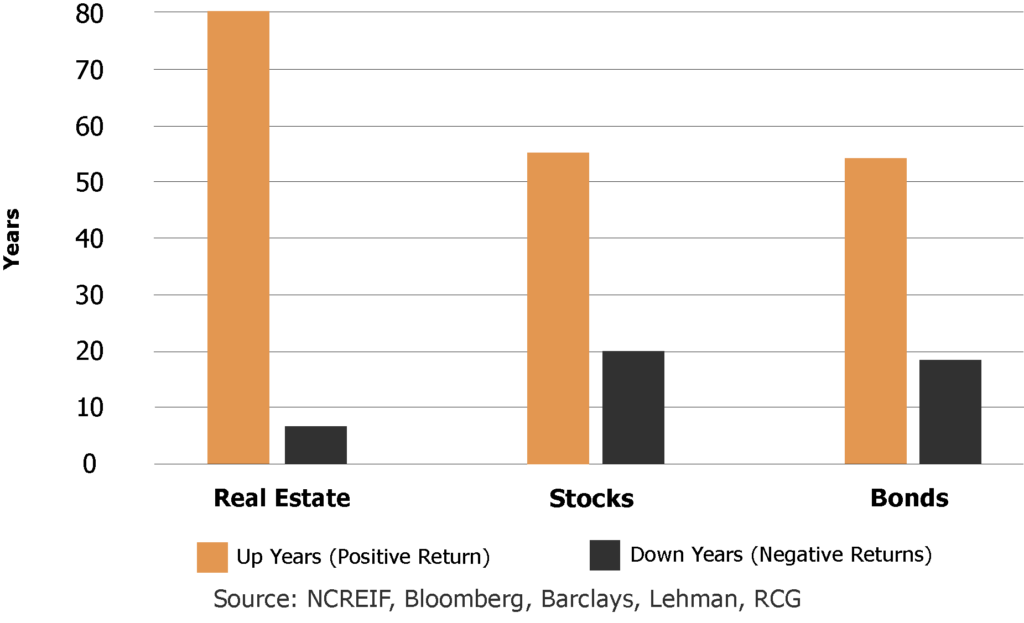Why Real Estate? (Specifically Hawaii)
Real Estate Outperforms Stocks
Not only can real estate investments generate significant equity growth, they can also provide income that exceeds what you would typically get from stocks and bonds. This makes it an excellent option if your goal is to maximize your investment returns while minimizing risk.


Hawaii Compared with Other US Real Estate Markets
Compared to other US Markets, Hawaii real estate has been relatively steady when it comes to demand and prices. This is due partly to the desirability of location, as well as the limited supply (It’s an island with limited availability to build) and ever-increasing demand.

Advantages of Hawaii Real Estate
Limited Supply: Hawaii’s limited land availability due to its island geography creates scarcity, which can drive up property values over time.
Strong Demand: The allure of Hawaii’s natural beauty, pleasant climate, and cultural attractions make it a highly desirable location for both tourists and residents, leading to consistent demand for real estate.
Stable Appreciation: Historically, Hawaii’s real estate market has shown strong appreciation rates, providing investors with potential long-term capital gains.
Resilience to Economic Downturns: Hawaii’s economy, while reliant on tourism, has shown resilience even during economic downturns due to its unique appeal and diverse range of visitors.
Hawaii Real Estate has had an average appreciation of 4.9% over the last 38 years.

High Demand
Hawaii experiences a consistently high demand for housing driven by its unique blend of natural beauty, cultural richness, and economic opportunities. The allure of pristine beaches, lush landscapes, and a tropical climate draws tourists and residents alike, fueling a persistent need for accommodation. Additionally, it’s proximity to countries in Asia, make it a desirable place for non-US citizens to invest and live as well.
Low Supply
Hawaii’s real estate market is characterized by a notably low supply of properties, a factor that significantly influences its dynamics. This scarcity stems primarily from the geographical constraints of the islands, where available land for development is limited. Additionally, stringent zoning regulations and environmental preservation efforts further restrict new construction, further increasing the housing shortage.


